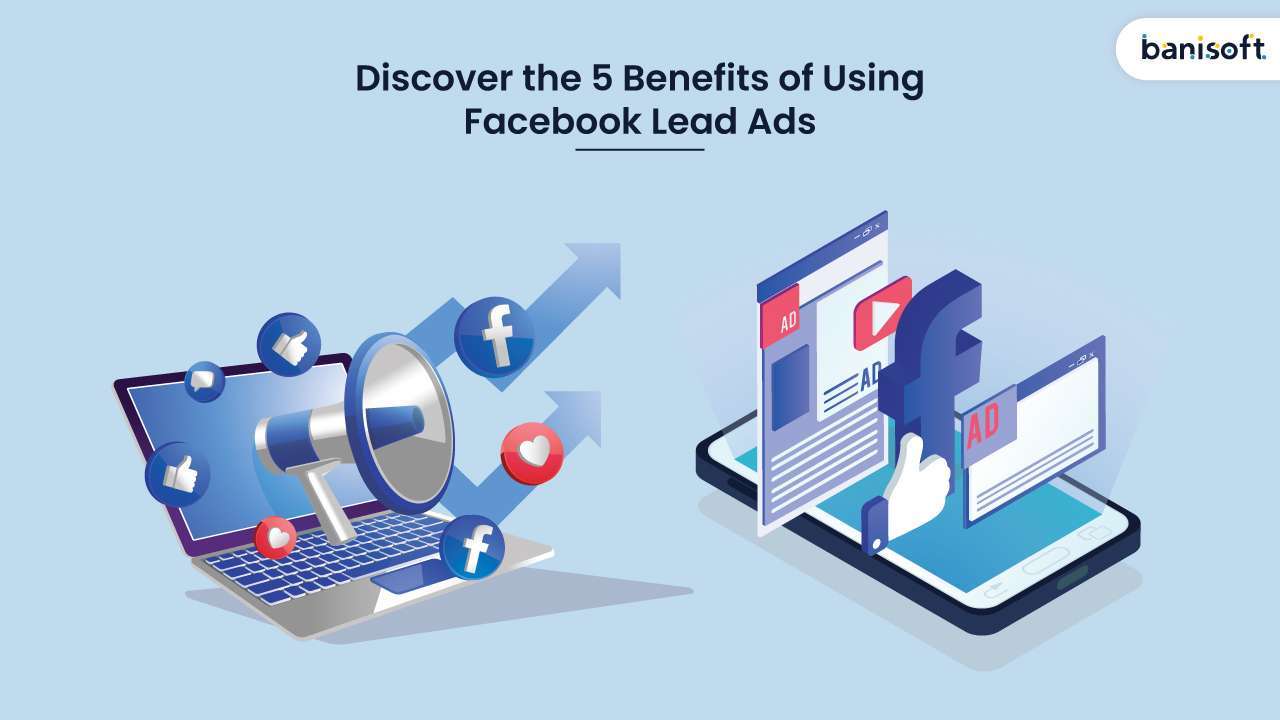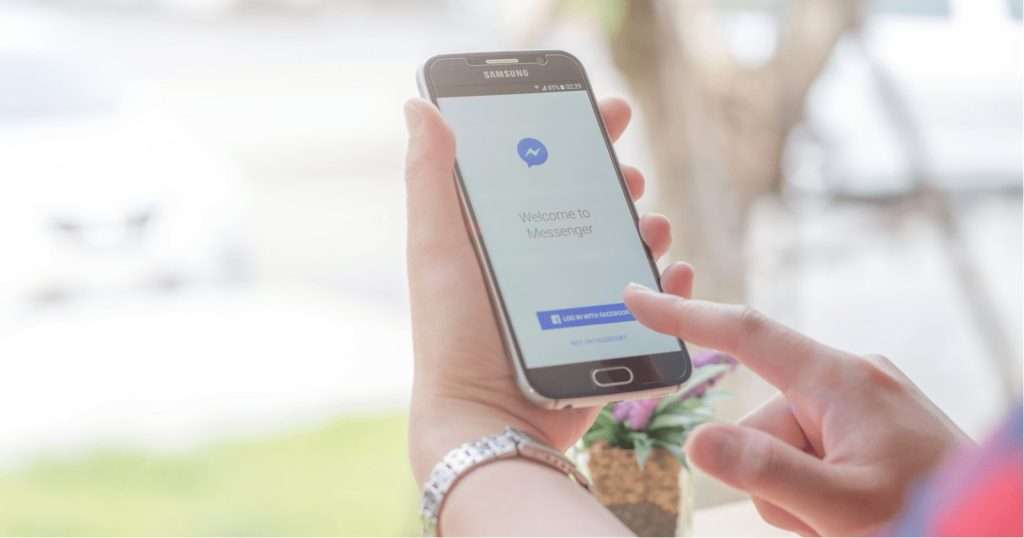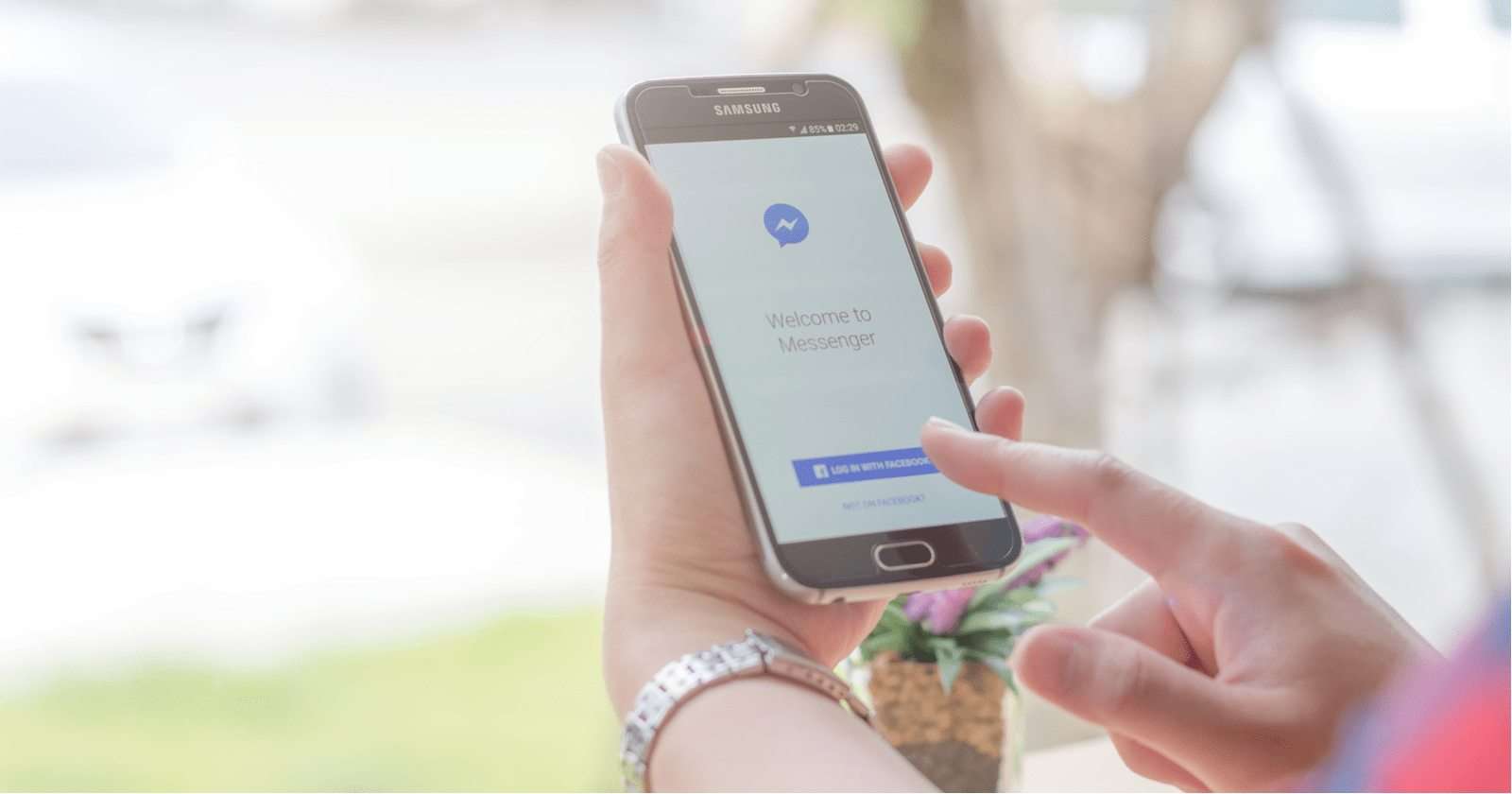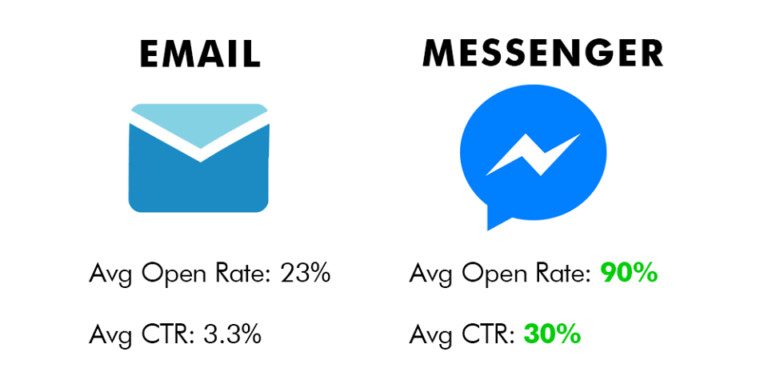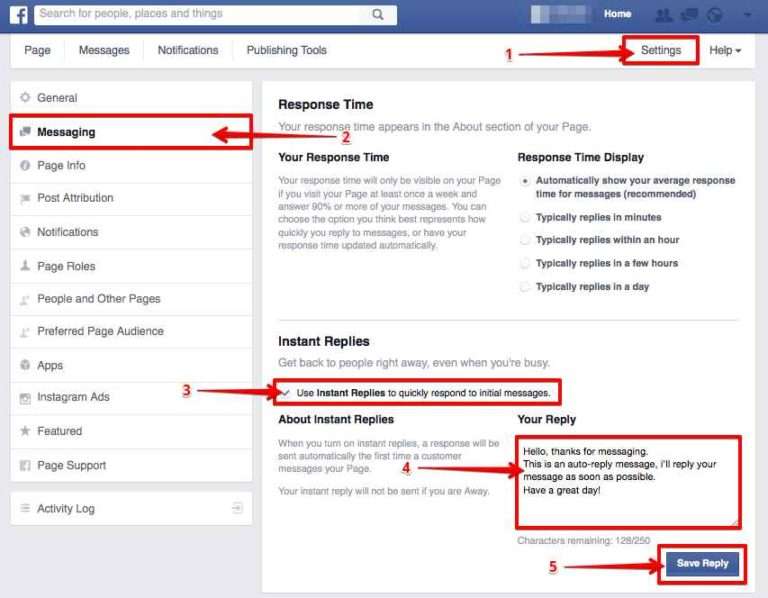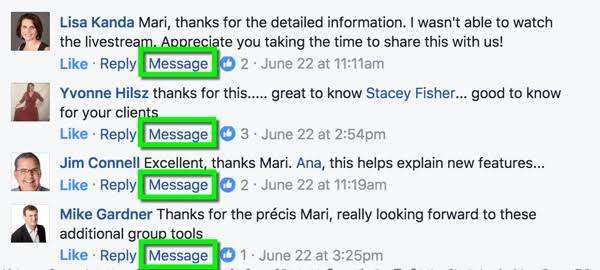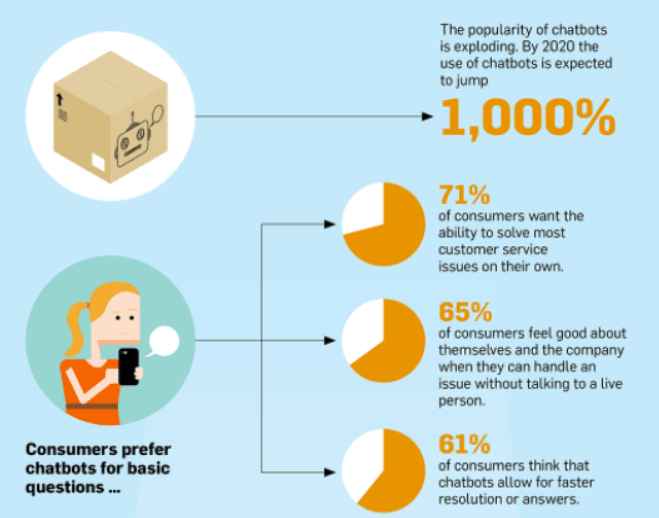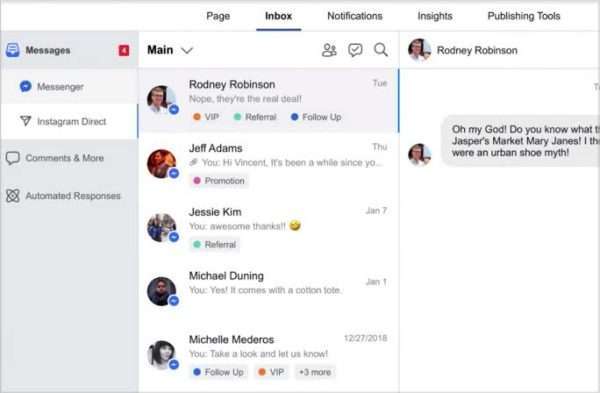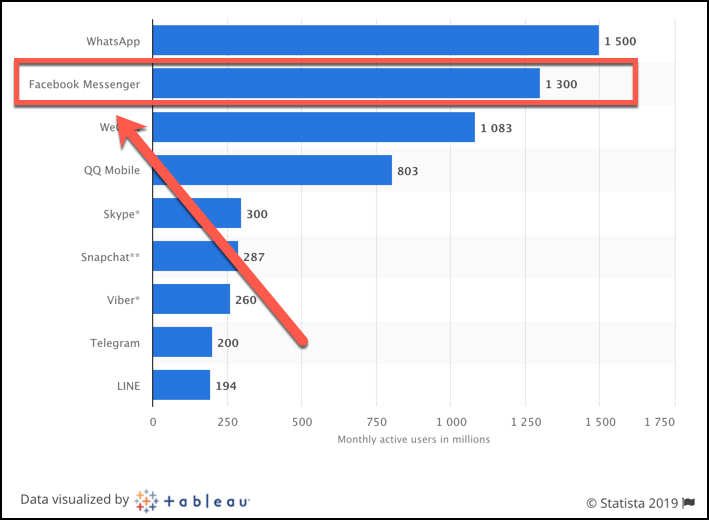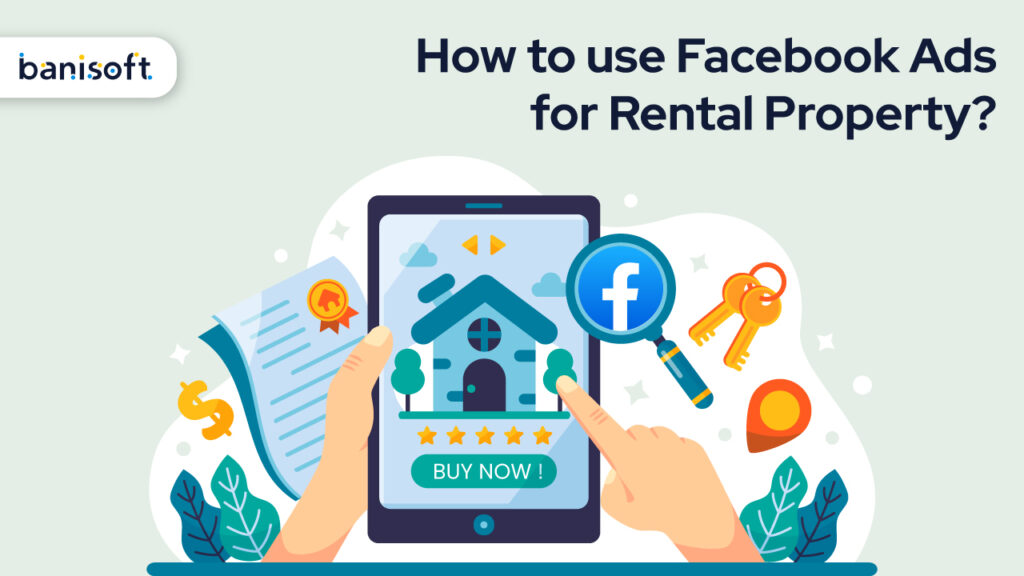The Power of Meta Ads in Quality Insurance Lead Generation: Banisoft’s Winning Formula
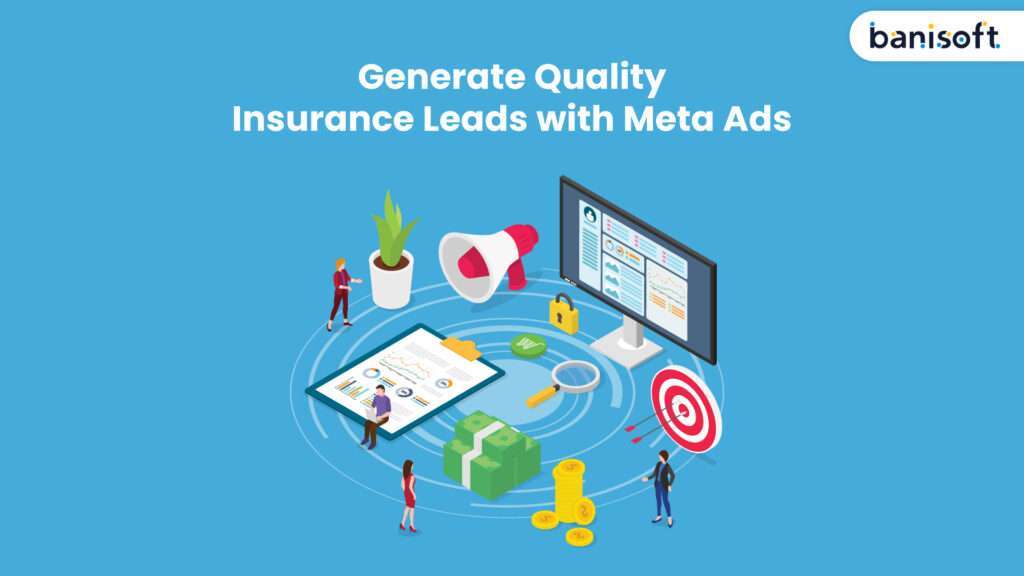
Table Of Content
- What are Quality Leads
- Why are Quality Leads important in the Insurance Industry
- Meta Platform and its efficiency
- Meta ads defined
- How are meta ads beneficial in generating Qualified Insurance leads
- Outcomes of Banisoft’s Meta Ad Campaign for an Insurance Client
- Conclusion
Generating leads is essential in the insurance and mortgage industry, as it opens doors to expanding your clientele, boosting sales, and, ultimately, increasing revenue. We all recognize this truth!
But, have you ever paused to think whether your main focus is just generating more leads or turning those leads into customers?
Sure, saying, “We generated 10,000 leads last week” sounds way more impressive than “We got 100 leads last week,” but does it matter?
Out of those 10,000 leads, how many turned into customers? You might be thinking the more leads, the more conversions—but that’s not always the case!
The truth is only a small percentage of this big number of leads will become customers.
70% of marketers say they’d rather have quality leads over a large quantity of them.
So, instead of obsessing over the number of leads, let’s try focusing on understanding what quality leads are.
Quality Leads
Simply put, quality leads are people who are genuinely interested in what you’re offering and have a higher chance of making a purchase.
A lead doesn’t have to buy anything immediately, but they should show interest in doing so. That way, you can keep chatting with them and build a connection.
Why are Quality Leads important in the Insurance Industry?
Quality lead generation helps insurance agents focus on attracting and nurturing leads more likely to become customers. By pursuing quality leads, agents avoid wasting time and resources on uninterested individuals.
Quality insurance leads create strong, long-lasting relationships with potential clients. This allows agents to have personalized conversations, understand their needs, and customize their approach.
Quality lead generation not only results in immediate sales but also promotes growth by bringing in a steady stream of interested people who may become customers over time.
Alright, now that we’ve figured out why quality leads are important, let’s dive deeper into how you can generate them!
Introduction to Meta Plattform
Back in the day, lead generation was all about advertisers spreading the word and creating buzz around their business while sales teams cold-called potential customers. But times have changed!
But now, with digital technology at our fingertips, we can find the folks who are most likely to become customers way more efficiently.
What lead generation is all about these days is getting to know your potential customers throughout their entire shopping journey.
This helps you build trust, forge a connection, and gently guide them toward being genuinely interested in your business until they’re ready to make a purchase.
So, what’s the ultimate platform to connect and engage with people? There’s no denying it’s Meta!
67% of B2B marketers rate Meta as the top social media platform for generating leads.
Why is Meta Plattform the most effective?
Are you curious as to why Meta platforms are so popular? Just take a look at these eye-opening stats!
- 70% of internet users are active on at least one Meta platform, be it Facebook, Instagram, Messenger, or WhatsApp.
- Facebook boasts a massive 2.93 billion monthly active users and its potential advertising reach is an astounding 2.08 billion people.
- Instagram isn’t far behind, with over 2 billion active monthly users and a potential ad audience of 996 million on Instagram Stories alone.
- WhatsApp takes the top spot as the most used mobile messenger app in the world, boasting 2 billion active users worldwide!
So, now that you’ve grasped the extensive reach and potential of Meta Platforms, you’re probably thinking about how to engage with both new and existing customers, connect with people, and discover communities on Facebook, Instagram, Messenger, and WhatsApp.
Well, the solution is simple – Meta Ads!
We’ll explore what Meta ads are all about, why they’re essential in generating quality leads, and how our digital marketing company has harnessed their potential to deliver incredible results for our insurance clients.
Section 1: Meta Ads Defined
What are Meta ads?
Meta ads are advertisements displayed on Facebook, Messenger, Instagram, or the Meta Audience Network.
They appear when users browse their Facebook feed, view Instagram Reels, or check Messenger messages.
Meta ads, which you see on platforms like Facebook, Messenger, Instagram, or even the Meta Audience Network, are paid messages from companies.
Documented in their style and tone, these ads help businesses connect with the people who matter most to them. Meta ads include:
Facebook Ads
Facebook Ads is an advertising platform on the social network Facebook, used to promote products and services with text, image, or video posts.
With over 3.03 billion monthly users on Facebook, you can reach any desired audience.
Instagram Ads
Instagram ads promote businesses through posts featuring their products or services.
These posts can appear in various formats like Instagram feeds, stories, or both.
They may contain images or videos with accompanying text and a website link of the company’s choice.
Whatsapp Ads
WhatsApp Ads are buttons in your Facebook or Instagram advertisements that direct potential customers to a WhatsApp conversation with your business.
Here, they can learn more about your products or services and speak directly with a sales representative.
Section 2: How are meta ads beneficial in generating Qualified Insurance leads?
Navigating the cutthroat world of insurance can be quite a challenge for agents, especially when it comes to finding high-quality leads.
It’s like trying to find a needle in a haystack – searching far and wide for those potential clients who are truly interested in buying insurance products.
Common Challenges for Insurance Agents Getting Leads:
- With many insurance agents competing for a limited number of potential customers, it’s hard for individual agents to stand out and attract qualified leads.
- Building trust and credibility is essential in the insurance industry. To gain the confidence of potential clients, a strategic approach is needed.
- In the digital age, consumers’ research and buying habits have changed significantly. Insurance agents must adapt to new channels and platforms where potential clients seek information, staying updated with digital marketing trends.
Using Meta ads in the insurance market effectively engages leads and generates qualified leads. Here’s how:
Benefits of Lead Generation Campaigns Using Meta Ads
- First, Meta Ads are highly targeted, letting brands reach specific audiences based on interests, behaviours, and demographics. This results in better leads from users who are more likely to be interested in products or services.
- Second, Meta Ads are cost-effective since brands only pay for received clicks or impressions.
- Also, Meta Ads provide a smooth user experience, allowing users to complete lead forms without leaving the platform. This leads to higher conversion rates and better leads for the brand.
- Using data and analytics, Meta Ads help identify top leads and target them with personalized messages. This saves time and resources while increasing conversion chances.
- With Meta lead forms, businesses gather more than just names and email addresses. They can collect information like buying motivations, interests, problems to solve, and more.
- Lastly, Meta Ads help identify audience segmentation opportunities. By creating multiple ad sets targeting different groups based on demographics, interests, or behaviours and analyzing their performance, you can discover which segments engage best with your brand and message.
To help you understand better, here’s a real-world example:
Section 3: Impressive Outcomes of Banisoft’s Meta Ad Campaign For an Insurance Client
In this example, we show how our well-planned meta-ad campaign doubled the number of leads and lowered the cost per customer for our insurance client.
Client Details:
e Agent (Name confidential)
Industry: Insurance
Location: United States
Goal: Boost lead generation and lower the cost per client acquisition
Challenges:
Our client, an experienced insurance agent, faced multiple challenges such as:
1. Intense competition in the insurance sector.
2. Difficulty obtaining high-quality leads effectively.
3. Worries about the rising cost per client acquisition.
4. Limited online exposure and visibility.
Strategy:
We developed a clear digital marketing plan to tackle these challenges and achieve the client’s goals – gaining quality leads while cutting down the cost per client acquisition.
Our team set up targeted and efficient paid media ad campaigns on Facebook and Instagram.
Implementation and Results:
Using the incredible audience-targeting features of these platforms, we were able to pinpoint and connect with our client’s perfect customers better than ever before.
Our well-planned approach led to some truly outstanding results for our client:
– A Whopping 200% Surge in Leads: By rolling out expertly targeted ad campaigns and fine-tuning our message, we saw a huge jump in the number of leads we generated.
In just the first six months of working together, our client experienced a fantastic 200% increase in overall leads.
– Cut Down Client Acquisition Costs: We cleverly maximized ad spending and boosted ad quality, which substantially lowered the cost of acquiring each new client. This led to an impressive 28% reduction in costs per client.
– Enhanced Online Presence: Our digital marketing magic worked wonders in raising the client’s visibility on the internet, helping to reel in even more leads.
– High-quality Leads: By focusing on specific demographics and using insightful, data-driven strategies, we made sure that the leads we brought in were high-quality and primed for conversion.
Testimonial:
Our client expressed their satisfaction with our services –
“Working with Banisoft has been a game-changer for our business. We’ve seen an incredible increase in leads, and our cost per client acquisition has never been this efficient. Their expertise and dedication to our success are truly commendable.”
Conclusion
To wrap things up, Meta Ads has truly been a game-changer when it comes to generating top-notch insurance leads, and Banisoft’s winning approach is a perfect example.
By harnessing the transformative power of Meta Ads and utilizing targeted strategies, Banisoft successfully delivered remarkable results for clients, both in terms of lead quality and volume.
This highlights the huge potential that Meta Ads hold in updating how we get insurance leads.
This showcases the immense potential of Meta Ads in revolutionizing insurance lead-generation initiatives.
Don’t miss out on this incredible opportunity! Get in touch with Banisoft today for a chat, and let us help your business soar to new heights with Meta Ads.
The Power of Meta Ads in Quality Insurance Lead Generation: Banisoft’s Winning Formula Read More »


